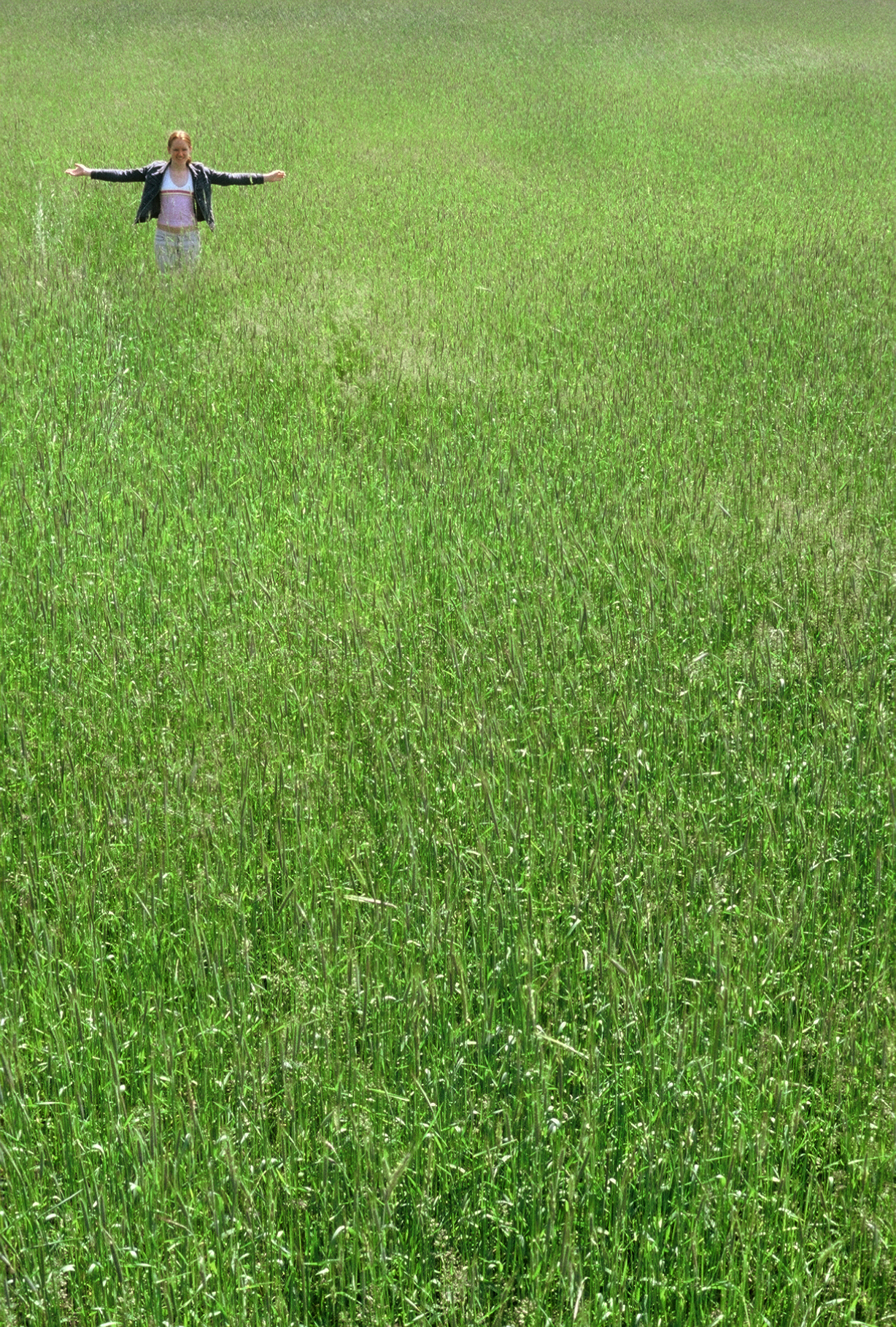


Eastern red cedar represents one of the greatest pioneer species ever. The ability to colonize quickly, grow to a large size fast even in poor or damaged soil and then 'fade out' as shade surrounds the community of plants it essentially created is an inspiration. The beautiful and aromatic wood is completely rot resistant and its use for furniture is well known. Given that very little selection has been done with the species why is it some people find it so offensive? I mean how can you make improvements with something that is so perfect to begin with. I guess people want to cut to the chase and avoid those pioneer species native or not.
Beginning in 1990 I got several seed sources from many different selections and possibly hybrids. One from Kansas came from a farm where the owner was actively engaged in selecting and improving the species he found on his farm. He had found several plants that were both vigorous, green throughout the winter and immune to bagworm. I had gotten seed of them and right away noticed the vigor was greater than the Michigan forms. I had seen this type of subspecies before in Iowa where the trees were much broader in structure as well as darker green than the selections found on my farm. At this point I began a grow out at my farm and kept the most vigorous seedlings of the Kansas lot. Today these trees are over 30 ft. tall and have that typical broad spreading form as well as that incredibly straight growth habit. I have pruned them and continue to prune them to try to attain a large diameter tree. This species is somewhat shade tolerant and has done well at the edge of a pecan planting as well. I continue to manage these trees and now can collect the berries for propagation. Berry production takes about 20 plus years to begin. Propagation from cuttings has not been worked out, however grafting can be done with this species but using common juniper seedlings or other eastern red cedar plants.
"Kansas Beauty" represents a seed grown fast growing, open growth habit juniper with strong apical dominance. The trees can be managed as timber trees as well as windbreak trees. More needs to be done to compare these with other selections, but for now this is a start and has proven a vigorous species at my farm in Michigan. It can be grown from the berries-seeds to continue the strain.
To germinate the seeds; Seeds are slow to germinate unless scarred. Normally you would plant them in the fall and wait for the second spring where they would begin germinating. Some people will use rock polishers or sand paper to break down the seed coat. Cedar waxwings do it in 12 minutes and this improves the germination rate up to 90 percent. So unless you can train a flock of waxwings, your best bet is to sow it in a flat and let it sit lightly covering the seeds with sand and preventing predation by screens. Once they split the trees establish easily and it is one the easiest evergreen trees to grow hence the low cost in the wholesale nursery trade.
| Plant Specs |
| Genus & Species |
Juniperus virginiana |
| Seed Source |
Michigan, Kansas originally |
| Hardiness |
minus 30 F or so. |
| Height (ft) |
60 ft. or more. Slightly taller than the Michigan seed strains as well as wider to 40 ft. |
| Pollination Requirements |
Considered diecious like persimmon, but some trees will self fruit. Blanks are found often with this species unless the right pollination occurs. I take care of this issue once I process the seeds. |
| Soil |
Pretty much anything including rock and sand. |
| Ease of Cultivation |
Insanely easy to grow and establish. Once established shade is the only thing that will reduce its growth rate. Probably the use will fall in line as an adjunct to other deciduous tree and agroforestry applications where both windbreak, wildlife corridor, or possibly harvesting the fruit for human consumption would be a possibility. The wood use although long term should be considered as well. |
